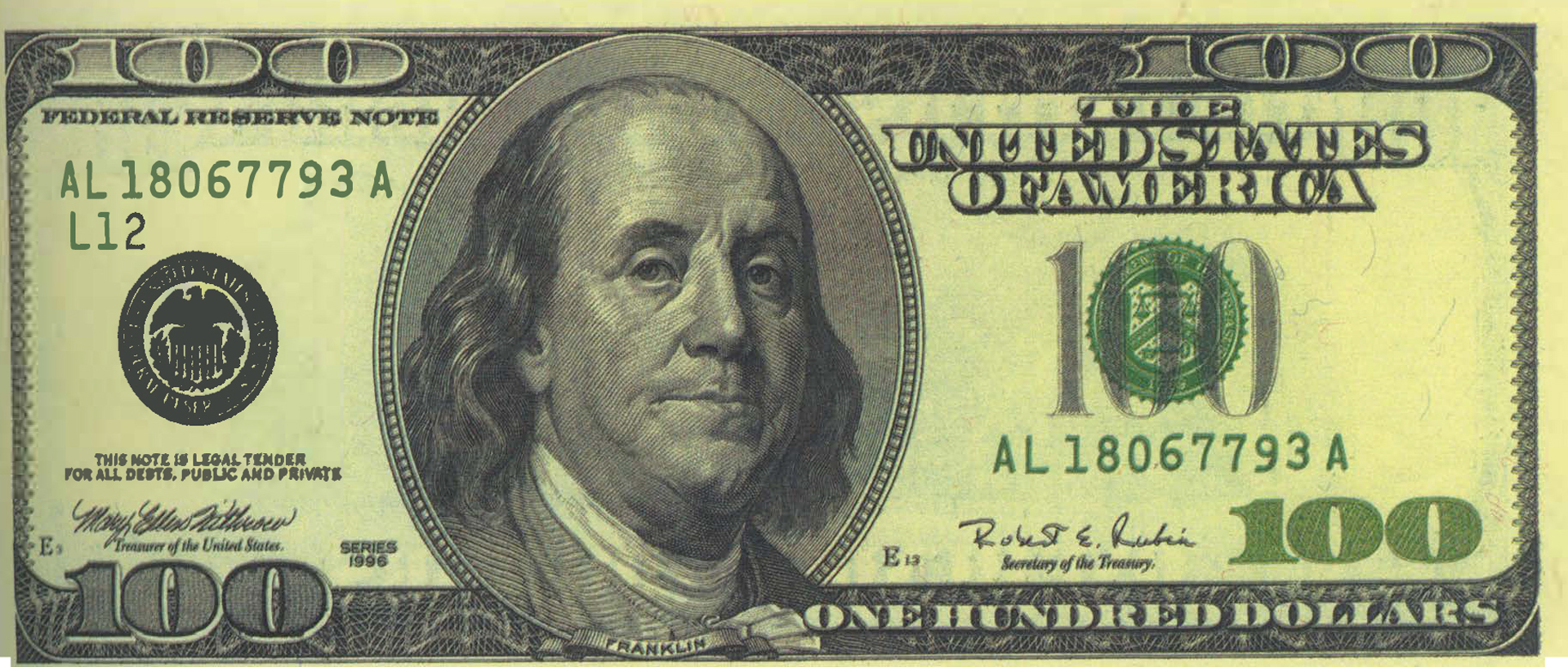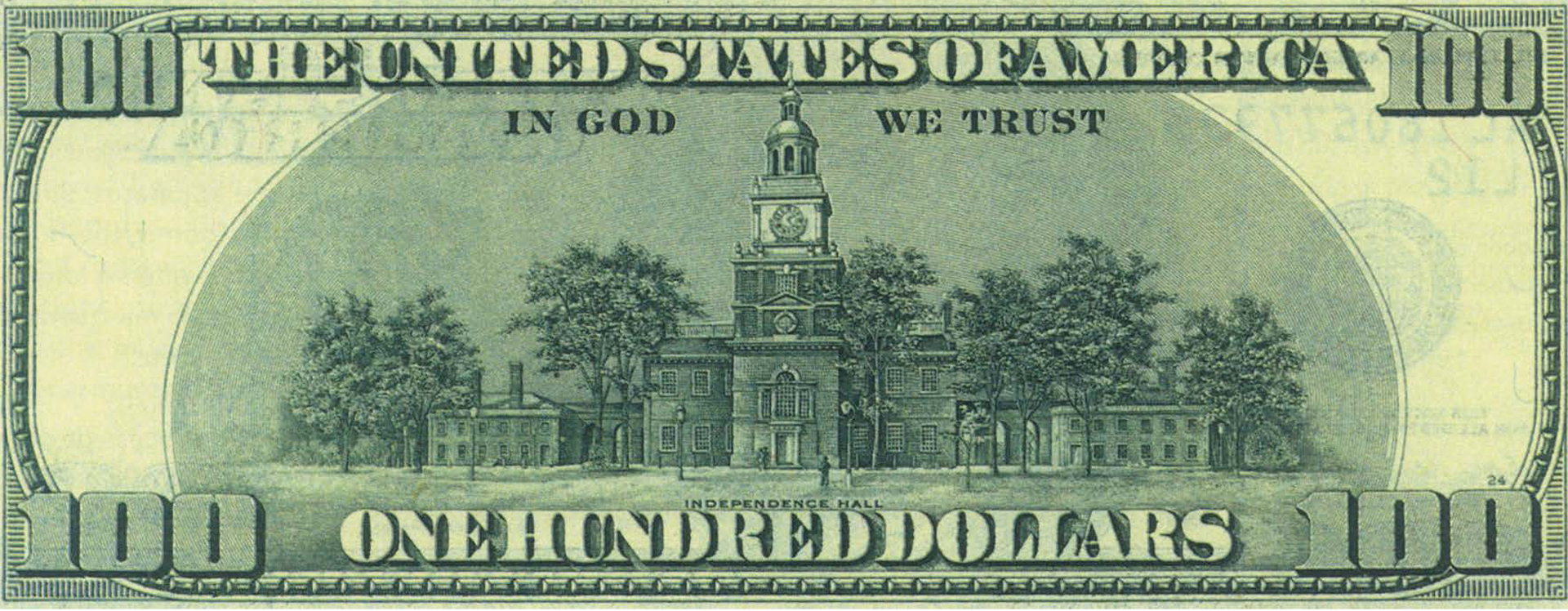Ken Goldberg, Eric Paulos, John Canny, Judith Donath, Mark Pauline: Legal Tender
Artist(s):
Title:
- Legal Tender
Exhibition:
Creation Year:
- 1996
Category:
Keywords:
Artist Statement:
“Why there is any aesthetic difference between a deceptive forgery and an original work challenges a basic premise on which the very functions of collector, museum, and art historian depend.”
Nelson Goodman,
Art and Authenticity,
Languages of Art, 1976
As Goodman notes, authenticity is central to the experience of art and intimately linked to monetary value. One example is the ongoing controversy over attribution of Rembrandt’s paintings. In turn, our denotations for monetary value, banknotes, are linked to the issue of authenticity through the history of the counterfeit.
New technologies of reproduction introduce new questions about authenticity. For example, photography’s mechanical reproduction of images illuminated the subtle distinction between the reproduced image of the painting and the authentic, “original” painting that is unique in time and space (cf.Walter Benjamin, 1936). And the technology of xerography allows even the unskilled to participate in the counterfeiting of money.
As the technologies of reproduction evolve into the digital realm, the distinction between authentic and replica effectively vanishes (cf. William Mitchell, 1992). Yet human viewers and museum curators still crave evidence of authenticity in the corporeal experience of original artifacts. The newest technology of reproduction, the Internet, combines digital representation with almost instantaneous remote access and raises new questions about authenticity.
Consider the dozens of Internet-accessible remote cameras that, upon request, generate a live image of a freeway, fishtank, or toilet stall. These “installations” go beyond prestored digital images because the viewer, by clicking on the WWW interface, commands the taking of a live snapshot co-located with something that is unique in time and space. Although this addresses the issue of authenticity, since the original object is required for each snapshot, it creates a new question: is the installation authentic (live) or is it merely a prestored frame from a videotape? Indeed, several purportedly “live” cameras on the Internet have been exposed as forgeries.
WWW installations that allow the user to aim a tele-robotic camera and thereby direct the gaze are harder to counterfeit but not impossible: the effect can be achieved by indexing into an array of prestored images. Tele-robotic WWW installations that go one step further and allow users to view and manipulate a remote environment provoke users to apply basic corporeal instincts about physics and materials to validate the authenticity of the remote apparatus. Still, users can be fooled: the Rome Air Force Base offers a forgery that continues to masquerade as a tele-robotic site.
Thus the process of deciding authenticity of a tele-robotic WWW site engages the corporeal instincts of the human viewer. We choose to focus on the issue of authenticity at several levels by presenting the WWW installation titled: Legal Tender.
Legal Tender incorporates tele-robotic technology to allow viewers to remotely inspect two banknotes, labeled A and B (cf. the Turing Test). One is a genuine US $20 bill. The other is artificial: a counterfeit. Users can position the camera remotely to examine each bank note in detail and can perform active experiments. Afterward, observations can be posted to a public online log.
In addition to the question of which note is genuine, the installation raises doubts as to whether or not the remote images are in fact live or prestored. Is the installation itself authentic? And if it is, since the physical presence of a counterfeit banknote is illegal, the installation may not be legal. Indeed, the authenticity of the installation hinges on the inauthenticity of its contents.
References
J.S.G. Boggs
Turing Test
Nelson Goodman’s Text
Rembrandt/Not Rembrandt at the Met
The Rembrandt Project
U.S Air Force Rome Lab
“Snowball” Camera
Paper Money Collections online
History of Money
Other Related Sites
Affiliation Where Artwork Was Created:
- University of California, Berkeley






